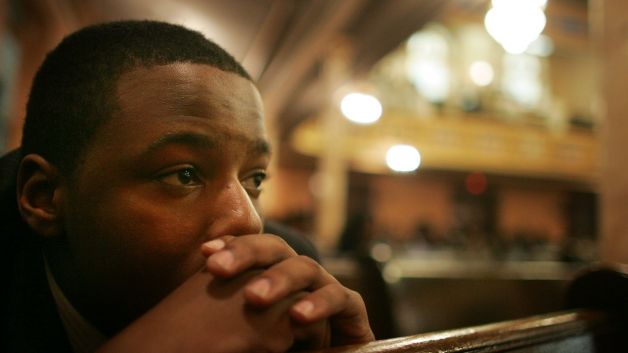How to cope with seasonal depression
We often look forward to the holiday season with giddy anticipation. A time of love, sharing, togetherness, and hope. The sun takes half-days and the weather is cooler. Everything seems charged with optimism — the air we breathe, the colours that paint the sky during dusk and dawn, even the food we eat.
During this heady elation, some may wonder, “Why does my mood turn grey at the same time as the sky?”
As much as we look forward to the holidays, others are terrified as they approach. Why?
That’s because seasons impact your mental health besides bringing rain, sun, and harmattan.
SAD is an acronym for Seasonal Affective Disorder. SAD has been defined as a seasonal mental condition that manifests as a type of depression. This type of mental health problem affects people at specific seasons of the year.
Seasonal variations play a crucial role in our day-to-day activities, affecting how we feel and act at different times of the year. You may feel energized, active, and cheery during certain periods of the year while sleeping and eating excessively at others. All of these sentiments are typical unless you have SAD, in which case seasonal changes can be difficult.
Most patients with SAD have depression during the coldest months of the year. The seasonal affective disorder also has the potential to exacerbate a pre-existing condition of depression. It is uncommon during warmer months, but it is common in the colder months of November – early January.
It usually starts and finishes at the same time or season each year.
Who is susceptible to SAD?
Seasonal Affective Disorder does not affect a single group or class of people, nor does it affect only one gender. Although anyone can be diagnosed with this type of sadness at any time, SAD is more common among women and among younger adults.
Although there is no known cause for SAD, there are some elements that may play a role in its development. They include, but are not limited to:
- Reduced sunlight’s impact on your “biological clock”: During the colder months, we experience longer nights and shorter days. These reduced sunshine levels have a substantial impact on your energy and attitude. Your body’s intrinsic clock or habit becomes disturbed during this time, leading to depression.
- The decline in serotonin levels in your brain: Serotonin is a type of neurotransmitter (brain chemical) that has a significant impact on how you feel daily and on your overall mood. Decreasing sunlight causes a decline in serotonin, which can lead to depression.
- Sleep disturbances and mood swings can also be because of melatonin imbalances in the body. Melatonin is another brain chemical that conveys information concerning the daily cycle of light and darkness to body structures.
What increases the risk of getting SAD?
Family history may have a role in Seasonal Affective Disorder. Most persons with SAD have biological relatives who suffer from Seasonal Affective Disorder or a comparable form of depression.
Location is also important to consider since persons living far north or south of the equator are more likely to be diagnosed with SAD.
Coping with seasonal depression
- Talk with your doctor: SAD must be diagnosed by a mental health expert because it is a type of depression. There are several screening questions that might help detect if someone is depressed. Your doctor will tell you if you have SAD or if you have another type of sadness.
- Prioritize social activities: It is vital to take part in social activities if you have SAD. Studies have shown a link between social isolation and depression. You need to find inventive ways to keep connected with others during times of increased sadness. Spending time with family and friends in a nearby park, participating in outdoor sports or yard activities, and taking walks when the weather permits.
If COVID restrictions keep you from engaging in conventional social activities, you can try organising virtual hangouts, listening parties, virtual game tournaments, and a host of other virtual activities that don’t require physical contact.
Remember: When we feel together, we feel better.
- Stick to a schedule: SAD patients frequently have difficulty sleeping at night and waking up in the morning. Sleep improves on a regular schedule, which might help with seasonal depression symptoms. Keeping a routine will expose you to light at constant and predictable periods. Also, eating at regular intervals can assist you in avoiding overeating.
- Get moving: Outdoor activity is the most effective treatment for SAD symptoms. Exercise, as it does for other types of depression, can aid with SAD. Exercise can also help counterbalance the weight gain associated with SAD.
- Keep a journal: Writing down your thoughts has been shown to improve your mood.
It works by helping you prioritize life’s challenges and identify your depression triggers, as well as what helps you raise your mood. When you journal, include your thoughts, feelings, and concerns. It’s best to do this at night so you may think about everything that has transpired in the previous 24 hours.
We need to become more conscious of the impact of seasonal variations on our mental health and those around us.
Supporting those who suffer from SAD and other mental illnesses can be difficult and unpleasant. Keep in mind, though, that patience is essential, as is optimism for a speedy recovery. Don’t give up on them; instead, continue to encourage them, listen to them more, and not pressure them with unwelcome suggestions. If you need help or support, remember to ask for it.
























